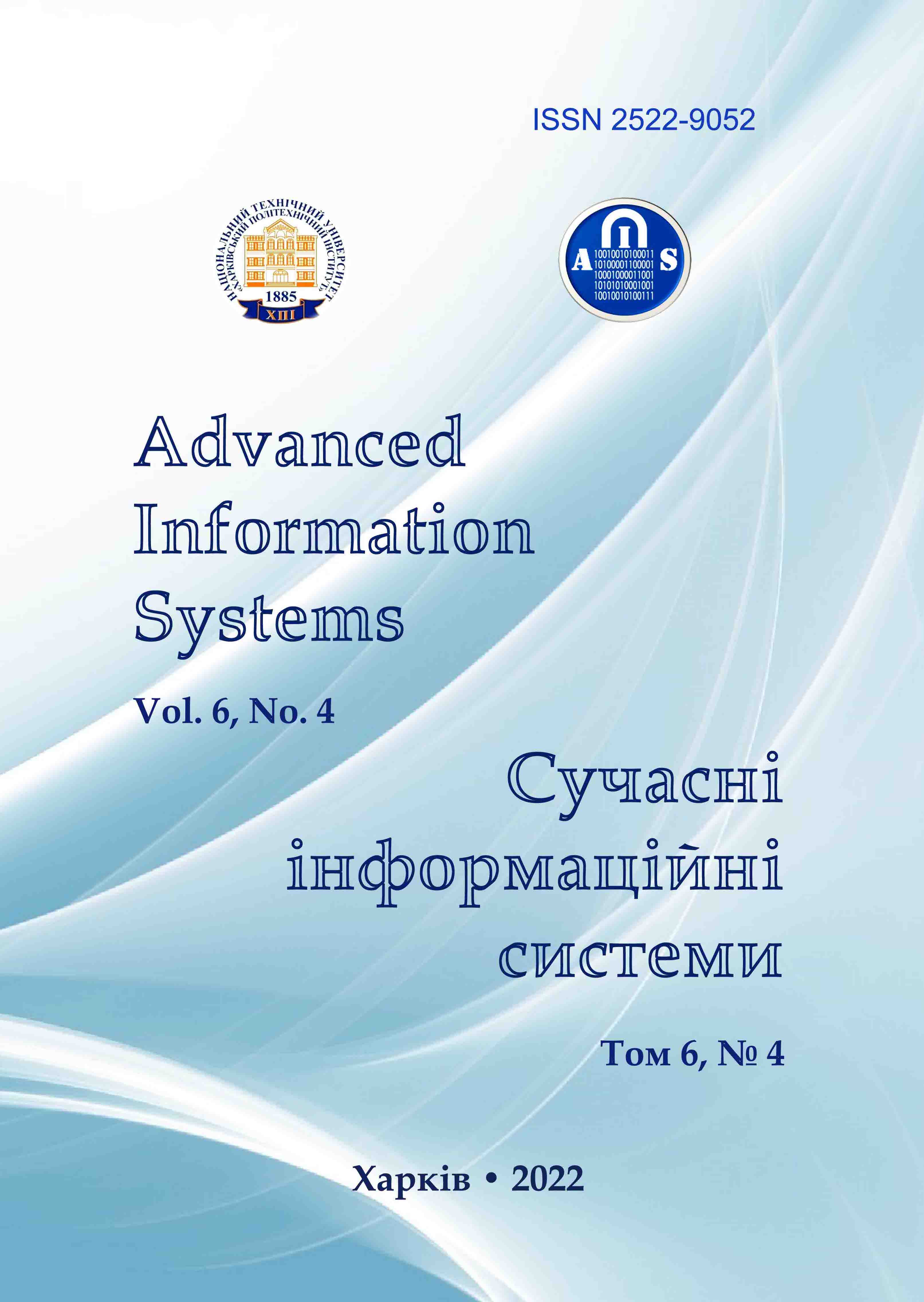DETECTION OF FLIGHT OBJECTS PASSING THROUGH THE CONTROLLED AREA BY SURVEILLANCE CAMERAS
Main Article Content
Abstract
The article discusses the issue of monitoring air borders with the help of video cameras with the necessary technical capabilities and the detection of dangerous flying objects in order to prevent illegal and potentially dangerous flying objects trying to cross the border by air. The surveillance device is required to operate in the controlled area at the given altitude in a way that not to overlook suspicious flying objects passing through the zone. In order for surveillance devices to carry out the search process, the control zone is first distributed among the devices, and then the search modes of the devices are determined. In order to assess the abilities of any flight object to pass through this control zone during the search along the control lane, the overlooked periods of different points of the control lane during the monitoring process are evaluated and then compared with the flight time of this object.
Article Details
References
Nabadova, L.N. (2021), “The system of calculating the coordinates of the flying object by applying two surveillance cameras”, The Proceedings of the International Scientific-Practical Conference Dedicated to the Anniversary of the Victory Achieved in the 44 Day Patriotic War, October, 21-22 2021, Baku, pp. 147–150.
Chunqing, G., Yingxin, X., L. Zhanwu, Xu, A., Li, Y. and Chang, Yi. (2018), “Optimal multi robot coverage path planning: Ideal-shaped spanning tree”, Mathematical Problems in Engineering, China, pp. 1–10.
Kapoutsis, A. Ch., Chatzichristofis, S.A. and Kosmatopoulos, E.B. (2017), “DARP: Divide Areas Algorithm for Optimal Multi-Robot Coverage Path Planning”, Journal of Intelligent & Robotic System, Vol. 86, pp. 663–680, doi: https://doi.org/10.1007/s10846-016-0461-x.
Alexandrov D. and Kochetov Y. (1999), “Behavior of Ant Colony Algorithm for the Set Covering Problem”, Operations Research Proceedings, pp. 255–260, doi: https://doi.org/10.1007/978-3-642-58300-1_38.
Xu A., Viriyasuthee, C. and Rekleitis I. (2014), “Efficient Complete Coverage of a known arbitrary environment with applications to aerial operations”, Autonomous Robots, 36, pp. 365–381, doi: https://doi.org/10.1007/s10514-013-9364-x.
Choset, H. and Pignon, P. (1998), “Coverage Path Planning: The Boustrophedon Decomposition”, Proceedings of 1st International Conference on Field and Service Robotics: Springer Verlag London Limited, London, December 1997,
pp. 216–222.
Karapetyan, N., Benson, K., McKinney, C., Taslakian, P. and Rekleitis,I. (2017), “Efficient Multi-Robot Coverage of Known Environment”, RJS International Conference on Intelligent Robots and Systems, Vancouver, BC, Canada: IEEE, 24-28 September 2017, pp. 1–7, doi: https://doi.org/10.1109/IROS.2017.8206000.
